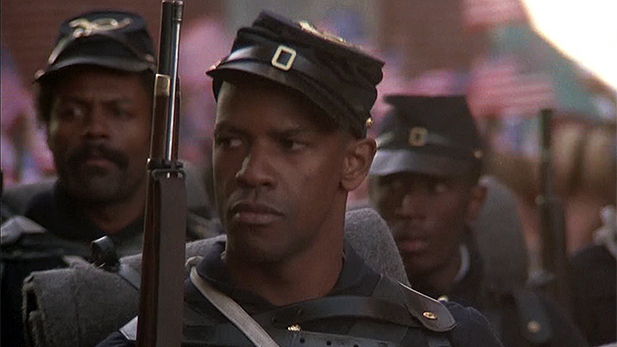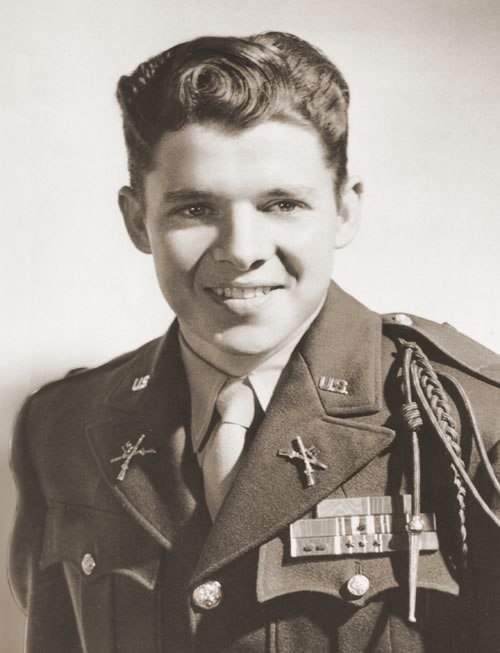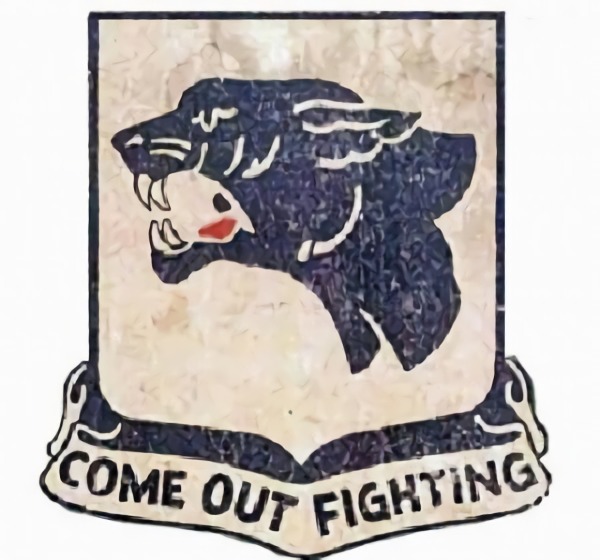
[1 of 12]
A TURNING POINT IN VIETNAM
53 years ago today (January 31, 1968) North Vietnamese forces launched a shocking series of attacks on more than 100 South Vietnamese cities and outposts that would change the way Americans think about the war in Vietnam.
A TURNING POINT IN VIETNAM
53 years ago today (January 31, 1968) North Vietnamese forces launched a shocking series of attacks on more than 100 South Vietnamese cities and outposts that would change the way Americans think about the war in Vietnam.

[2 of 12]
The attacks did not being all at once at this moment; some were already in motion due to an oversight: North Vietnamese forces used two different calendars, one lunar, one solar, and this was never resolved, desynchronizing the assault.
The attacks did not being all at once at this moment; some were already in motion due to an oversight: North Vietnamese forces used two different calendars, one lunar, one solar, and this was never resolved, desynchronizing the assault.

[3 of 12]
In addition, a series of diversionary attacks were underway.
[These are South Vietnamese troops during Tet in this pic]
In addition, a series of diversionary attacks were underway.
[These are South Vietnamese troops during Tet in this pic]

[4 of 12]
Nonetheless, the Tet Offensive, initiated during the traditional truce held during the Tet lunar new year [the most important holiday in Vietnam], caught US and South Vietnamese forces off guard.
Nonetheless, the Tet Offensive, initiated during the traditional truce held during the Tet lunar new year [the most important holiday in Vietnam], caught US and South Vietnamese forces off guard.

[5 of 12]
Perhaps more important than the initial tactical success: attacks on the embassy and on major cities like Huế were
broadcast throughout the world by American and British reporters covering the war.
Perhaps more important than the initial tactical success: attacks on the embassy and on major cities like Huế were
broadcast throughout the world by American and British reporters covering the war.

[6 of 12] There were no real restrictions on where reporters could go in Veitnam. Images of the gruesome fighting shocked the consciousness of American viewers, who'd been assured repeatedly over the preceding months by their government that the war was coming to a successful end 
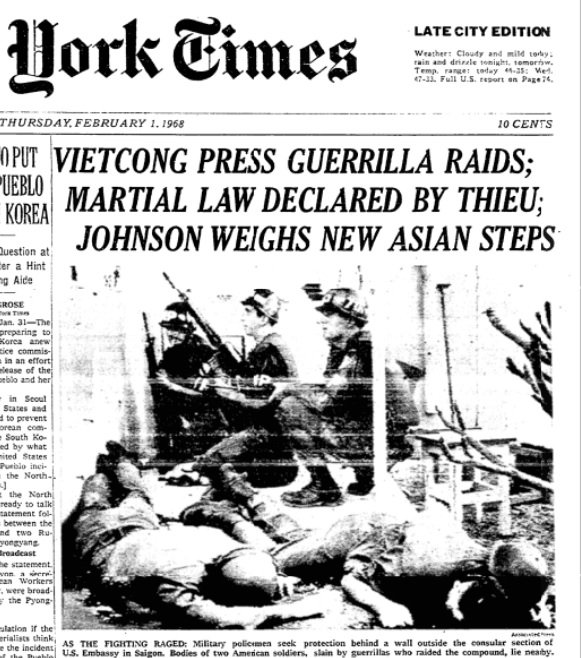
[7 of 12]
One goal of the North Vietnamese Tet Offensive was to sour American domestic opinion against the war effort, forcing President Lyndon Johnson to withdraw forces from Vietnam.
Support for the war never really recovered.
One goal of the North Vietnamese Tet Offensive was to sour American domestic opinion against the war effort, forcing President Lyndon Johnson to withdraw forces from Vietnam.
Support for the war never really recovered.

[8 of 12]
Another goal: foment rebellion and discord among the South Vietnamese population, leaking support for the Army of the Republic of Vietnam (ARVN).
This never happened.
Another goal: foment rebellion and discord among the South Vietnamese population, leaking support for the Army of the Republic of Vietnam (ARVN).
This never happened.

[9 of 12]
The fighting raged for weeks, with scores dead on both sides and thousands of civilians killed in the fighting.
In the end, Tet was a military victory for the US: the North Vietnamese were repelled, their gambit too ambitious to sustain.
The fighting raged for weeks, with scores dead on both sides and thousands of civilians killed in the fighting.
In the end, Tet was a military victory for the US: the North Vietnamese were repelled, their gambit too ambitious to sustain.
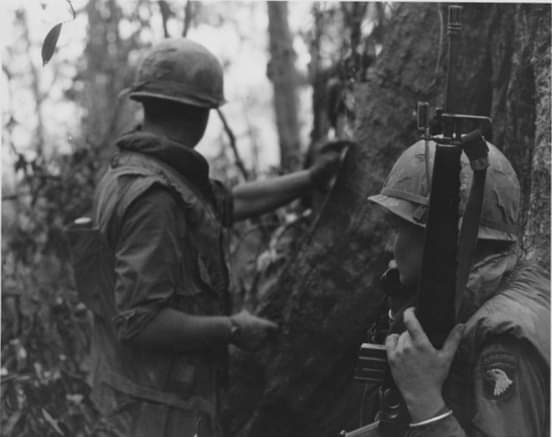
[10 of 12]
A strategic evaluation of Tet, however, is more complicated. After hearing of American commanders talk of "light at the end of the tunnel," the American public turned against the war effort and never came back.
[photo enhanced by @Erikhistorian]
A strategic evaluation of Tet, however, is more complicated. After hearing of American commanders talk of "light at the end of the tunnel," the American public turned against the war effort and never came back.
[photo enhanced by @Erikhistorian]

[11 of 12]
It also provided one of the war's most horrific, enduring images, one that still helps define the way we think about that war. That image involves this man, South Vietnamese General Nguyễn Ngọc Loan.
It also provided one of the war's most horrific, enduring images, one that still helps define the way we think about that war. That image involves this man, South Vietnamese General Nguyễn Ngọc Loan.

[END]
Tet remains among the most studied yet misunderstood moments in a confusing war. A myriad of myths about its success, its failure, its impact on the North's ability to sustain the fight, grew out of the moment.
@DrRobThompson @Erikhistorian
Tet remains among the most studied yet misunderstood moments in a confusing war. A myriad of myths about its success, its failure, its impact on the North's ability to sustain the fight, grew out of the moment.
@DrRobThompson @Erikhistorian

• • •
Missing some Tweet in this thread? You can try to
force a refresh


